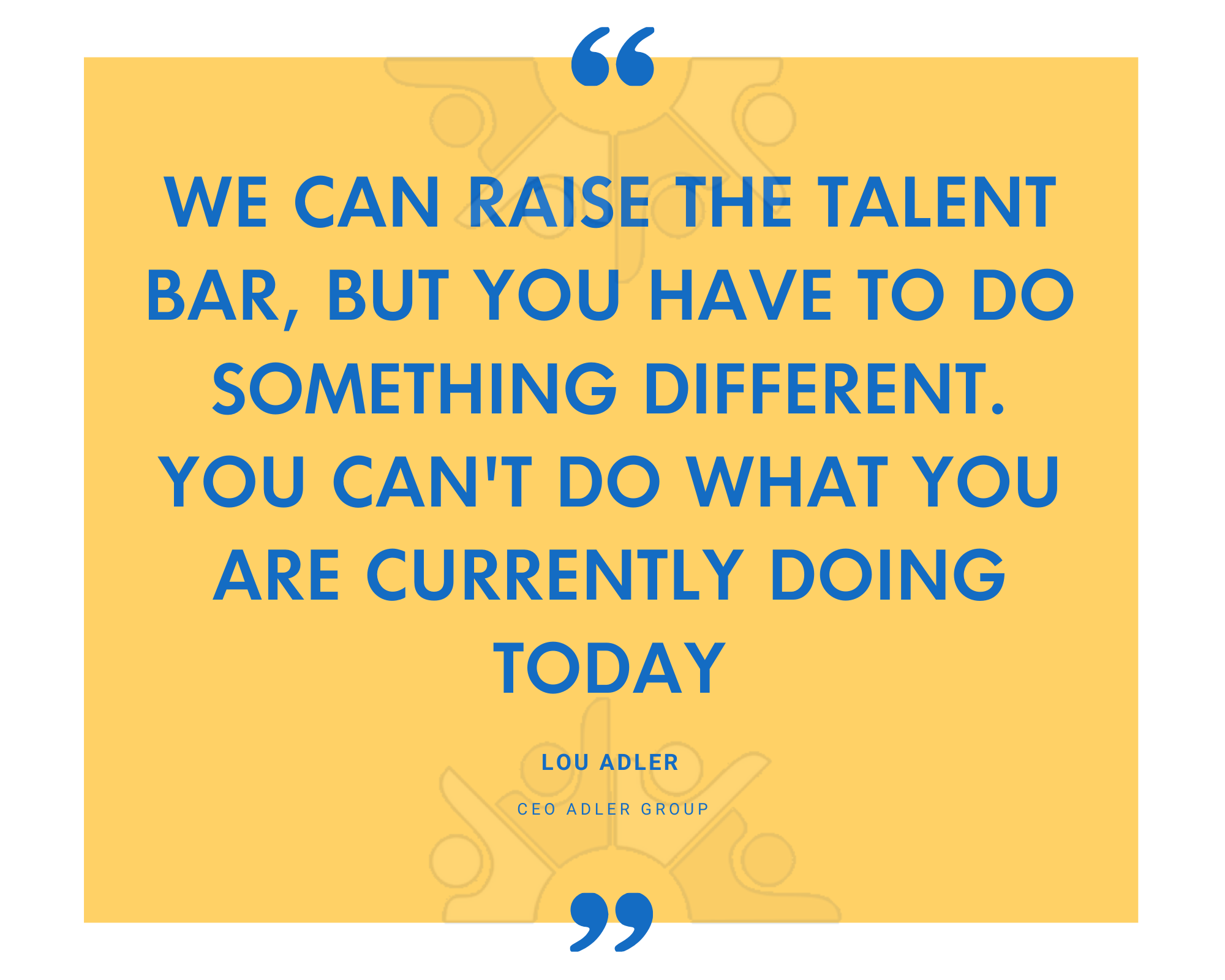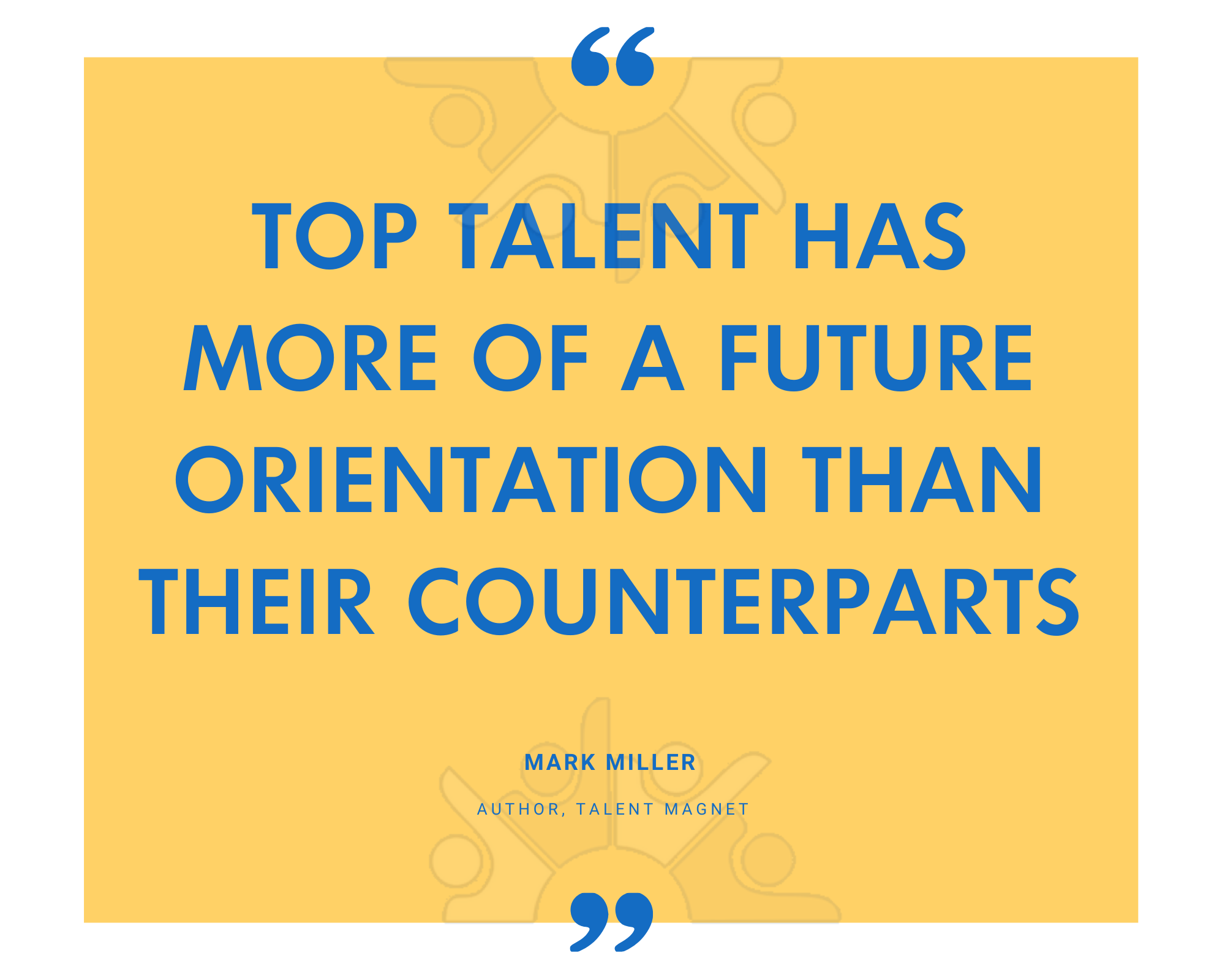The COVID-19 global pandemic has caused a seismic shift in the way business owners and HR leaders perform their roles, with the usual processes for talent management no longer sufficient in a world where digital performance management is essential for handling a predominantly remote workforce.
Here’s how you can meet the challenges of identifying and promoting the strongest performers even though you are no longer in physical contact, by introducing digital talent management processes and giving your company’s HR team the flexibility to recruit and retain top talent during and beyond the COVID-19 crisis.
 Attracting and retaining top talent is every company’s goal. Top talent ensures a healthy and successful business that continues to thrive in a competitive market, with the right energy and engagement to attract more top talent. Employees who respond well to complexity with agility and understand your company’s brand help to accelerate growth and provide innovative solutions.
Attracting and retaining top talent is every company’s goal. Top talent ensures a healthy and successful business that continues to thrive in a competitive market, with the right energy and engagement to attract more top talent. Employees who respond well to complexity with agility and understand your company’s brand help to accelerate growth and provide innovative solutions.
Workplace vs remote
Managing teams and employees during the COVID-19 pandemic requires a different set of tools compared to managing on-site, with a new range of protocols and measures required to compensate for the absence of face-to-face meetings and the ability for team members to interact spontaneously within an office.
Putting in place the digital infrastructure to manage your employees and be able to pinpoint where your A-players are while providing them with the tools and resources they need to maximize their potential, is essential for companies looking to remain competitive.
A report from McKinsey Global Institute indicates that businesses deploying digital labour platforms to their full potential could increase output by up to 9%, reduce employee-related costs by up to 7%, and add an average of 275 basis points to profit margins.
By using a comprehensive performance management platform HR departments have an overview of the entire organization, allowing HR leaders to clearly identify the innovative employees within the company and help the business transfer this know-how across different departments. And companies that have successfully moved all functions to digital applications are more likely to attract and retain digital talents.
Visible – and consistent – core company values
One of the core foundations of effective talent management lies in the company’s clarity of vision and how it articulates its core values. Top talent is attracted to a work environment in which the company’s mission is rooted in shared values that reflect a sense of purpose beyond satisfying shareholders.
Consistency of this vision throughout every HR process is crucial. Instead of creating separate processes and systems for onboarding, learning and development, performance management, and all other aspects of the employee experience, companies should look at how to manage all these aspects using a centralized system and specific applications that allow employees to move seamlessly from one stage to the other.

Online questionnaires and employee surveys to encourage alignment
Soliciting direct feedback from your employees and teams, whether this is through company surveys and questionnaires, or the creating of a digital suggestions box, is an effective way to bolster alignment to your company’s core values and to better articulate your company’s goals.
Such feedback can also help HR leaders identify the core concerns of the most talented employees, as well as the compelling factors which keep them most engaged with their work. Ranking these responses can help HR leaders to pinpoint the key issues felt by top talent, giving them an insight into factors that will ensure both the retention of such talent and the best way to attract similar talent during the recruitment and onboarding stages.
Fostering a digital environment for growth and learning
 One of the primary factors in attracting and retaining the most talented people is the ability for growth and learning within the role. Digital talent management should recognize this desire for personal and professional improvement and provide the necessary resources to help foster a brighter future for their employees.
One of the primary factors in attracting and retaining the most talented people is the ability for growth and learning within the role. Digital talent management should recognize this desire for personal and professional improvement and provide the necessary resources to help foster a brighter future for their employees.
Include the relevant training materials and tutorials as part of your onboarding process, as well as any other useful resources which can be made available to employees via your company’s intranet. Encouraging staff to contribute additional learning material helps to build a culture of learning while also putting the spotlight on articulate and engaged employees.
The more touch-points you can create across your digital performance management platform which encourage the sharing of information and ideas, the more your business will perform optimally.
Celebrating positive impact
With much of the workforce likely to continue working remotely in some capacity following on from the COVID-19 pandemic (one study from Visier reports that only half of the workers surveyed expect a reversal of remote working), the same problems for managing performance and identifying talent brought about by a lack of physical contact will need to be addressed for some time.
Celebrating the positive impact your top talent is having on the company will mean no more literal pats on the back for great performance, even for staff who have returned to the workplace while observing social distancing measures. Whereas previously managers may have praised good performance verbally in the space of teams and departments, now this employee recognition needs to be built into the digital infrastructure.
Use your performance management tools to spotlight top-performing individuals and teams in a way that is visible to the relevant employees, whether this is through public comments or via tools that track the company’s objectives and key results. A comprehensive performance management platform for remote workers should also facilitate employee-to-employee recognition, allowing them to give their co-workers virtual badges acknowledging their contributions to projects.





